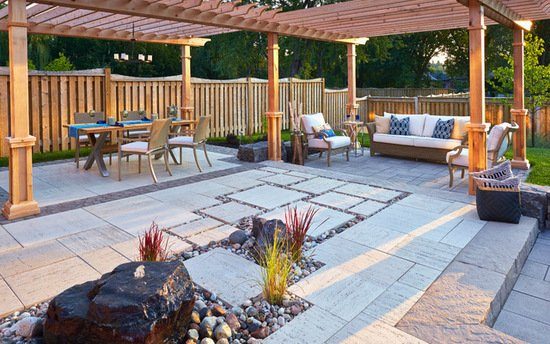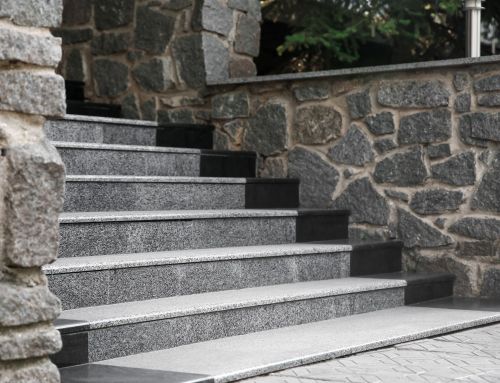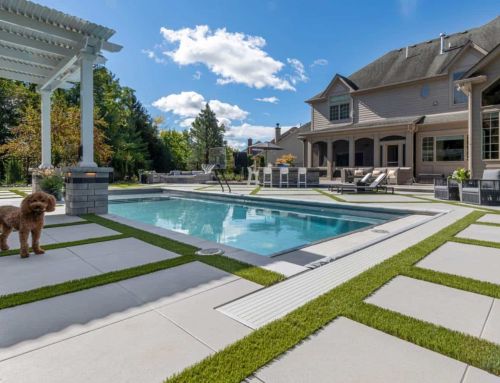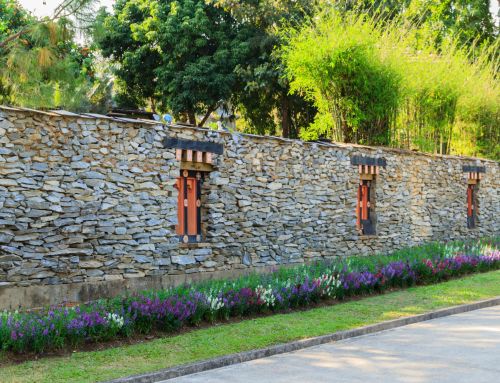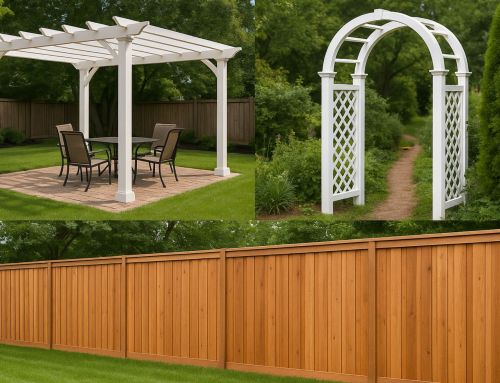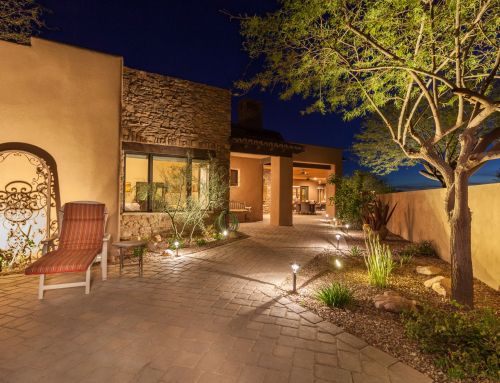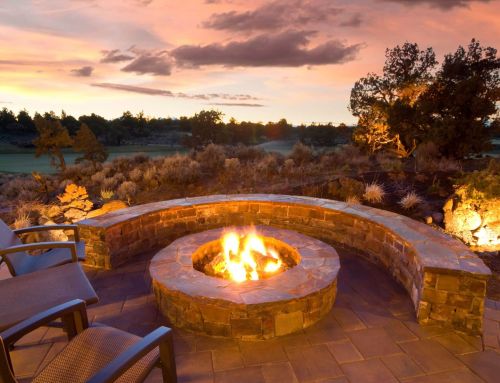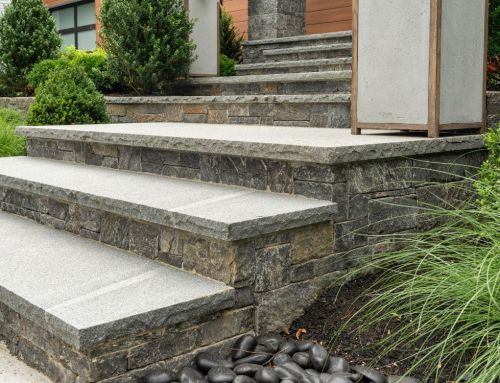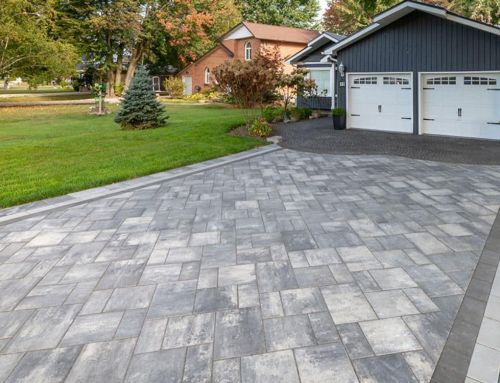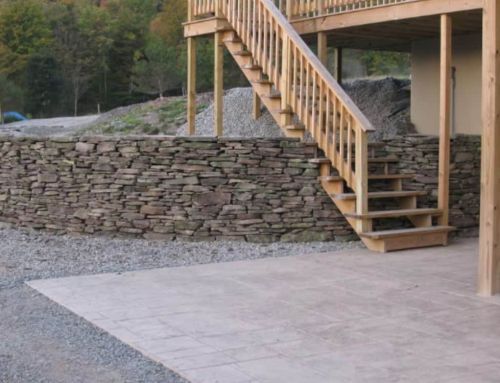Your home is probably the largest investment you’ll make in your lifetime. As the stay-cation trend gains momentum, your home can be an oasis of relaxation and enjoyment where you create cherished memories with your family and friends. As hardscaping projects, homeowners are opting to add spa-like bathrooms, media rooms, and home offices to create their dream home. One area that has been gaining in popularity is moving that relaxation zone from inside the house, into the outdoors
Hardscaping projects are an attractive option that can create a backyard transformation to not only extend your relaxation zone outdoors, but also increase the value of your home. Whether you add a simple flagstone patio, or create a complete outdoor living space including a kitchen, dining area and living room around a fire-pit, hardscaping requires planning and research before you start.
Here are a few tips to help you avoid common hardscaping mistakes and help you create a backyard transformation that you will love for many years to come.
1. Think About the Entire Space
Planning is the most important step of the process. Before you begin, create a comprehensive plan.
Think about building a house – before you start, you know exactly where you will end up. You don’t build a room, wait a few years and then add another. Treat hardscaping projects the same. Consider the entire scope of your project. It’s ok to build it over time, but what you don’t want is to spend money building a patio, then decide to add a koi pond, or outdoor kitchen and realizing the patio is in the way.
2. Consider Drainage
Here in New England we can experience wet spring weather and snowy winters. That water needs to go somewhere. Nothing is worse than investing in an elaborate hardscape only to find that the water ends up in your basement, or undermines your foundation. Plan how drainage will be affected before you place a single stone.
3. Develop a Focal Point
Effective landscape design creates focal points that lead you into the landscape. Image a stone path leading to a vine covered arbor. When you walk through the arbor you come to an intimate conversation area built around a natural stone fire-pit. Plan and add elements that make you pause as you enter the space.
4. Balance Your Design
Elements that are too large or too small can detract from your design. Also, try to keep everything “natural.” For example, plopping down a boulder onto the ground can be jarring. Consider burying it partially into the ground. It will look more natural and give your space an added perspective. Also, consider using curves and shapes in a way that reflects your space. Keeping everything square can be boring and unnatural.
5. Choose the Right Materials to Match Your Style
Hardscaping projects can be relaxed or formal, but the best ones show a defined style that works with your home. Choose materials that complement your existing structure and landscape to enhance and blend in. Vary texture and color to keep your environment alive.
6. Work with a designer or landscape consultant that understands your style.
They can help you with the technical aspects of your project, like drainage and stability issues. Hardscaping your home create a backyard transformation, extend your living space and add value to your investment. Take time, plan your approach and work with professionals to achieve the best results!

